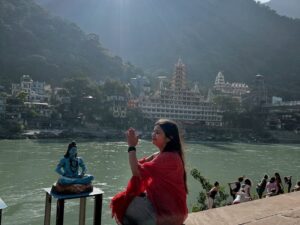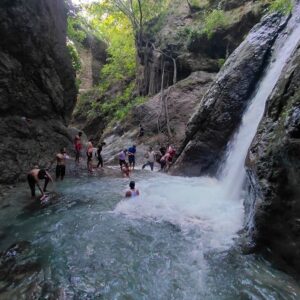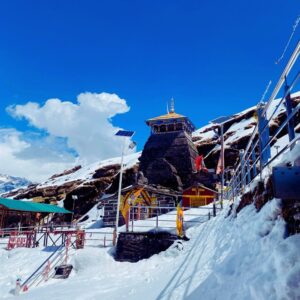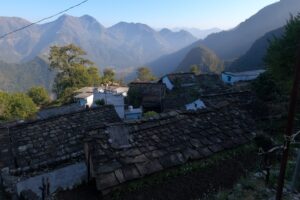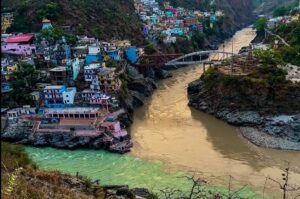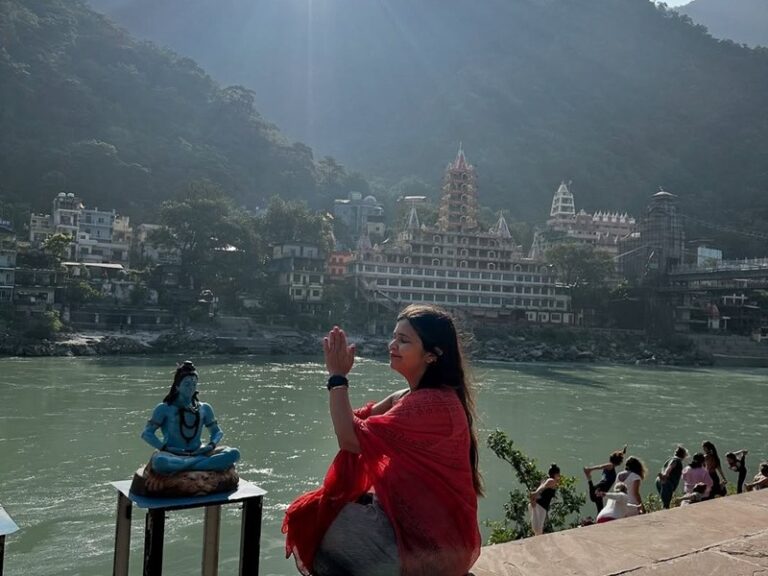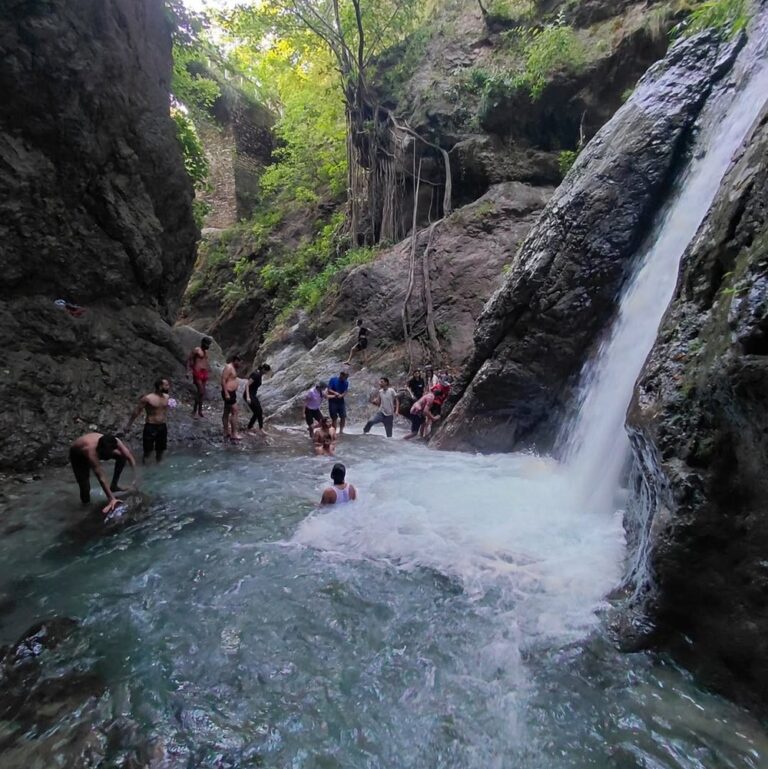Discover the Longest Cave in India: Krem Liat Prah & Krem Puri in Meghalaya
Meghalaya is popular as the Abode of Clouds. It is famous for its geography, boasting around 1580 discovered caves, with many more yet to be explored. Among them, Krem Liat Prah stands out as longest cave in India. Quite impressive, isn’t it?
Explore the Longest Cave in India systems, like Krem Liat Prah and Krem Puri, offering thrilling adventures and geological wonders. Discover these vast underground realms with our guide to cave exploration in India.
Meghalaya
Meghalaya, also known for its extensive cave systems and famous for the home of the Longest Cave in India . With 1580 caves discovered so far, and many more awaiting exploration, the state holds great mysteries. One of its standout features is Krem Liat Prah, longest cave in India, located in the Shnongrim Ridge of the East Jaintia Hills district. In the local dialect, ‘Krem’ translates to cave.
Krem Liat Prah Cave
Krem Liat Prah, currently an ongoing cave project, stretches an impressive 34 km. Its notable feature, the Aircraft Hangar, is a massive trunk passage within the cave system. The exploration and mapping of this cave are being conducted by the Abode of the Clouds Expedition, a collaboration involving Indian, European, Middle Eastern, and American cave experts.
Getting there
Accessible from Shillong and Jowai, Krem Liat Prah is located approximately 120 km from Shillong in the Shnongrim region of the East Garo Hills.
Suggested Read: Caves in Rishikesh: A Guide to Rishikesh’s Meditation Caves
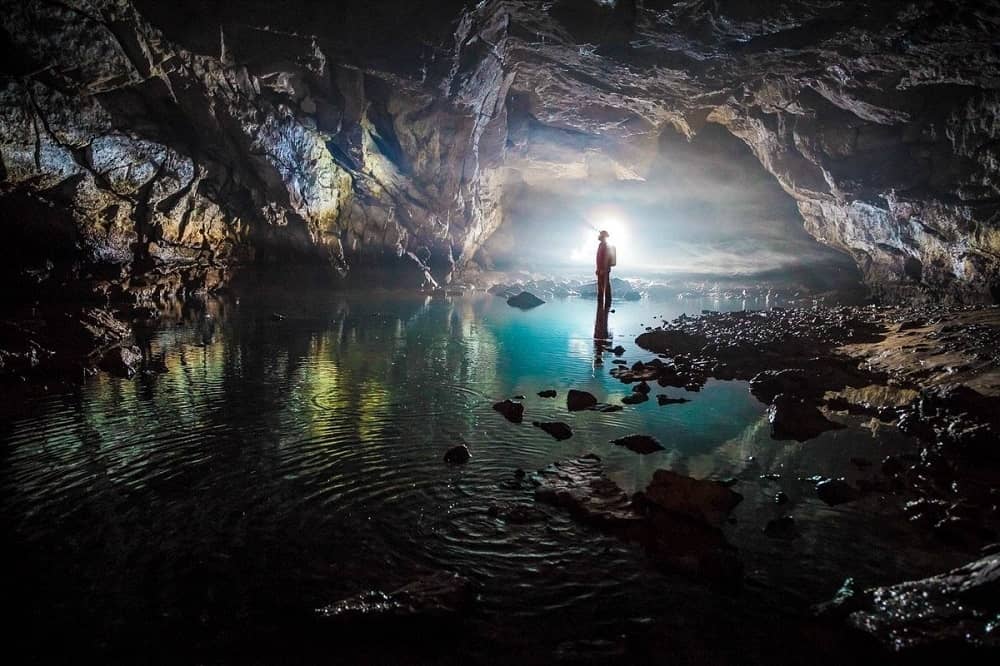
Krem Puri Cave
In Meghalaya, another notable cave is Krem Puri. The world’s longest sandstone cave in India. It is also famous as the Fairy Cave, discovered in 2016 near Laitsohum village in Mawsynram, East Khasi Hills. This cave, spanning 24.5 km, has gained attention despite its narrow entrance and the need for caution due to its largely unexplored nature. It’s advised not to explore it alone due to safety concerns.
The exploration of such caves has contributed significantly to Meghalaya, leading to the establishment of the Meghalayan Age. This new geological epoch, spanning from 4,200 years ago to the present, was identified through stalagmite samples collected during cave expeditions. These samples provided insights into past climate changes, including a severe drought that marked a pivotal shift in civilizations.
Conclusion
Cave exploration in India, traditionally focused on cave temples, is evolving with caving emerging as a rapidly growing adventure activity. Enthusiasts are drawn to the thrill of discovering uncharted territories. However, it’s crucial for newcomers to seek guidance from experienced guides, ensuring safety while enjoying this exhilarating pursuit.


